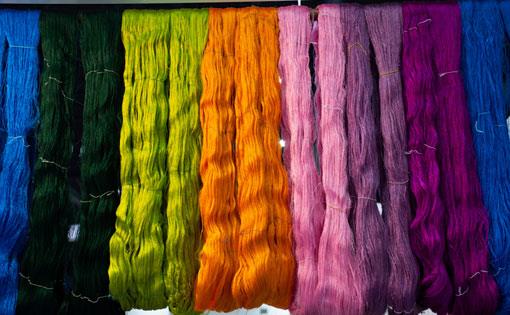
Understanding the Specifications of Dye: A Complete Guide
Dyes play a critical role in coloring textiles, paper, leather, plastics, and more. However, not all dyes are created equal. When working with dyes—especially in industries like textile manufacturing or export—their specifications matter as much as their color.
At JP Global Overseas, we ensure every dye we export is meticulously tested, verified, and documented based on global quality standards. In this blog, we’ll explore the key specifications of dyes that professionals must know before sourcing or applying them.
1. Shade & Hue
One of the most fundamental specifications is the shade and hue of a dye. Whether it's a Reactive Red 195 or Sulphur Black 1, customers require consistency in tone across batches. Dyes are assessed using spectrophotometers to match shades within a Delta E tolerance level, ensuring batch-to-batch color reproducibility.
2. Strength (Color Value)
Color strength refers to the intensity of the dye. It's usually expressed as a percentage relative to a standard. For example, a dye with 100% strength has the same color value as the benchmark, while a 120% strength dye will be more concentrated and require adjustment in formulations.
3. Solubility
Depending on the dye type, solubility in water or solvents is a key parameter. Reactive and direct dyes should dissolve well in water, while solvent dyes are used in non-aqueous solutions. Poor solubility can lead to patchy dyeing, sedimentation, and operational issues.
4. pH Value
The pH of a dye solution affects both its stability and its interaction with fibers. For most textile applications, maintaining an optimal pH (generally between 6 and 9 for reactive dyes) ensures maximum dye-fiber affinity and fastness.
5. Moisture Content
Moisture content affects the weight and shelf life of dyes. Excess moisture can lead to microbial growth, agglomeration, or uneven dyeing. It’s typically maintained below 2% for powdered dyes and checked via Karl Fischer titration or other standard methods.
6. Particle Size
For disperse and pigment dyes, particle size distribution is crucial. Uniform particles ensure even dispersion and smooth application in printing or dyeing machines. Oversized particles can clog filters or cause streaks on fabric.
7. Dye Purity
This involves the percentage of actual dye content versus fillers or salts. High-purity dyes lead to better yield, fewer side effects, and more predictable performance, which is vital in pharmaceutical or high-end textile applications.
8. Fastness Properties
Fastness refers to the dye’s resistance to fading or running. Key fastness tests include:
- Wash fastness
- Light fastness
- Rub/crock fastness
- Perspiration fastness
Each dye type will have different fastness ratings, usually graded on a scale of 1 to 5 or 1 to 8, depending on the test.
9. Heavy Metal & Eco-Certification
Modern global standards demand dyes to be eco-friendly and non-toxic. Dyes must comply with:
- OEKO-TEX®
- REACH regulations
- GOTS (Global Organic Textile Standard)
Low or non-detectable levels of heavy metals like lead, arsenic, and mercury are now a must.
10. Compatibility with Substrates
Not every dye works on every fiber. For instance:
- Reactive dyes: Cotton, viscose
- Acid dyes: Wool, nylon
- Disperse dyes: Polyester
Specifying the correct dye type based on substrate ensures optimum results and avoids costly errors.
Conclusion
Dye specifications are more than just technical jargon—they are the blueprint for consistent, high-quality, and reliable coloration. Whether you're a dye manufacturer, buyer, or exporter, understanding these parameters is essential for meeting both customer expectations and regulatory standards.
At JP Global Overseas, we supply a wide range of dyes with complete specification sheets and lab testing to ensure you receive the highest standard of performance, safety, and satisfaction.





















